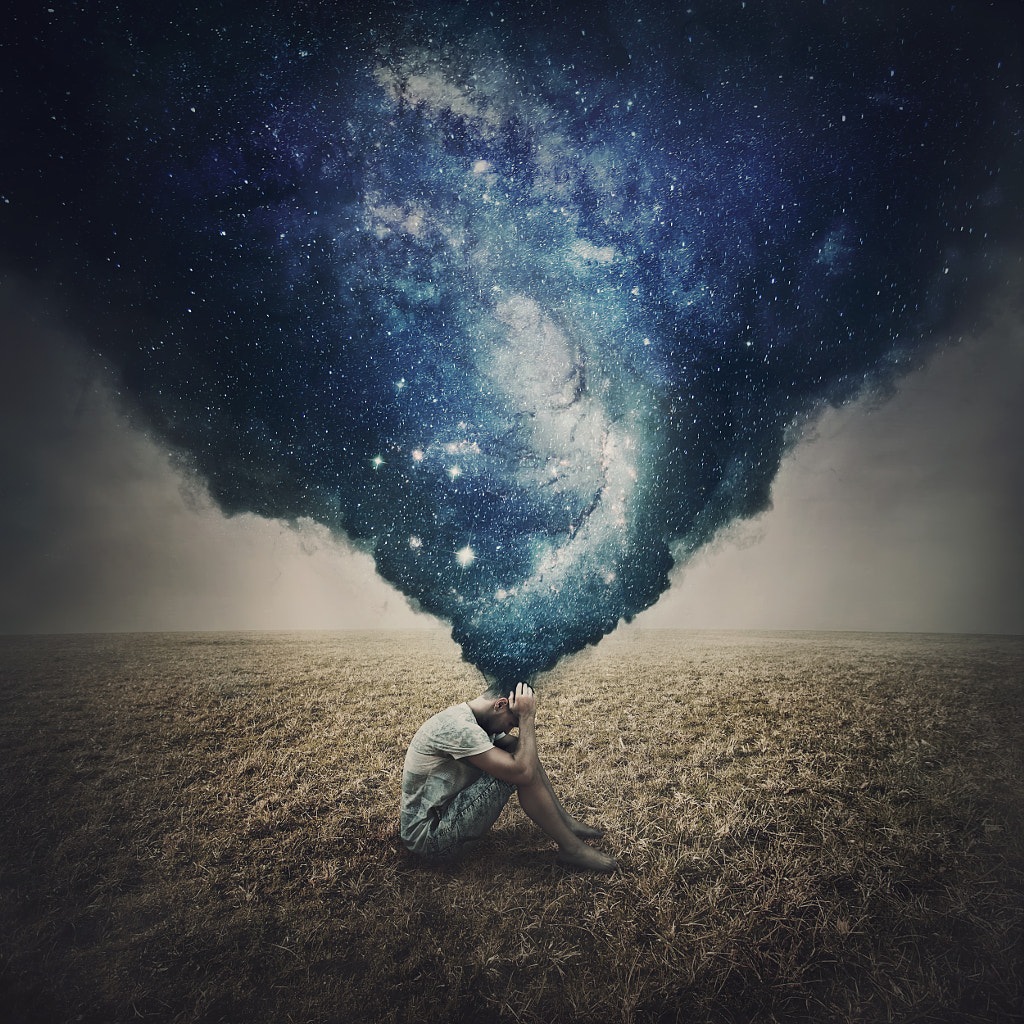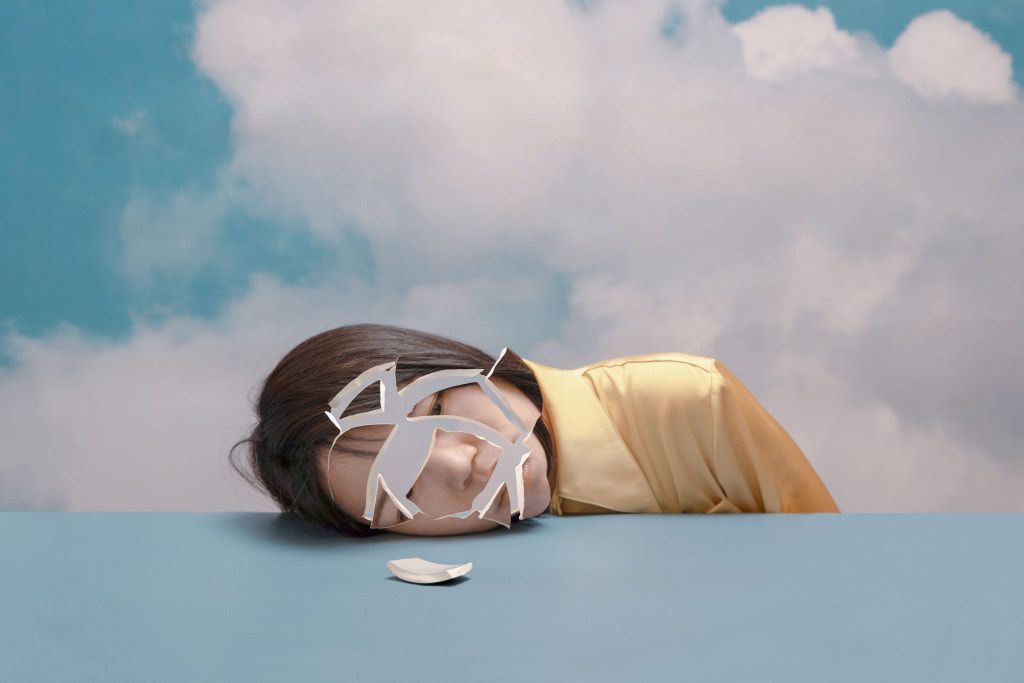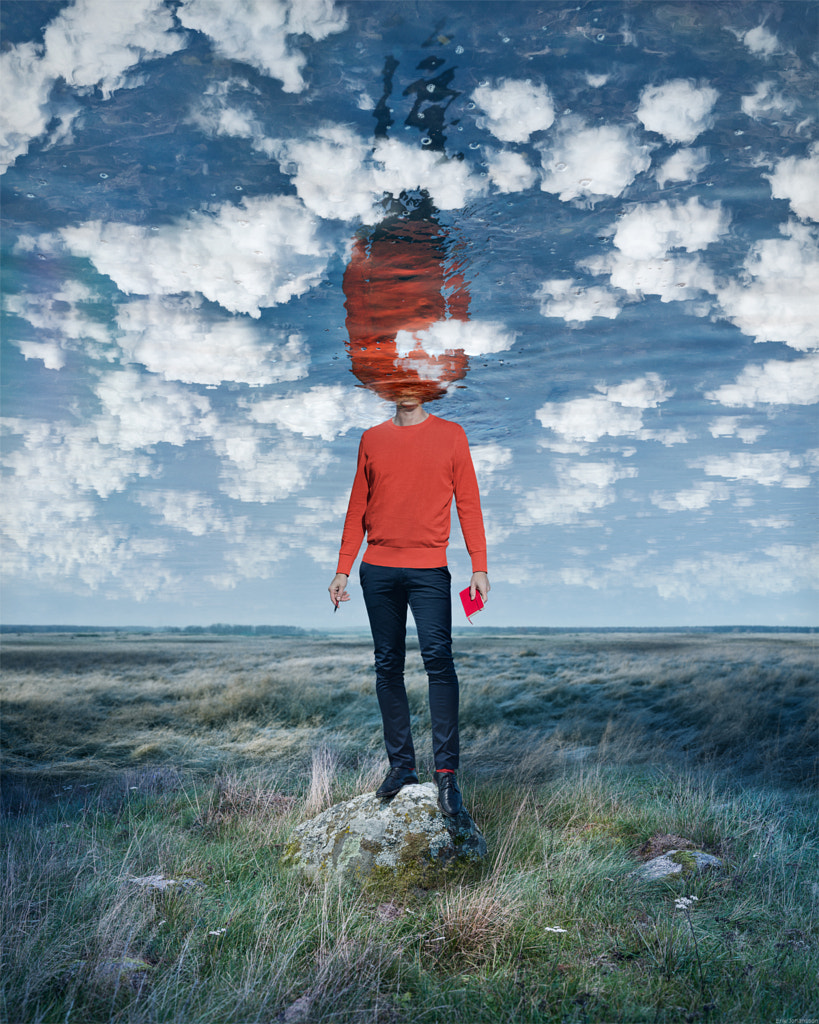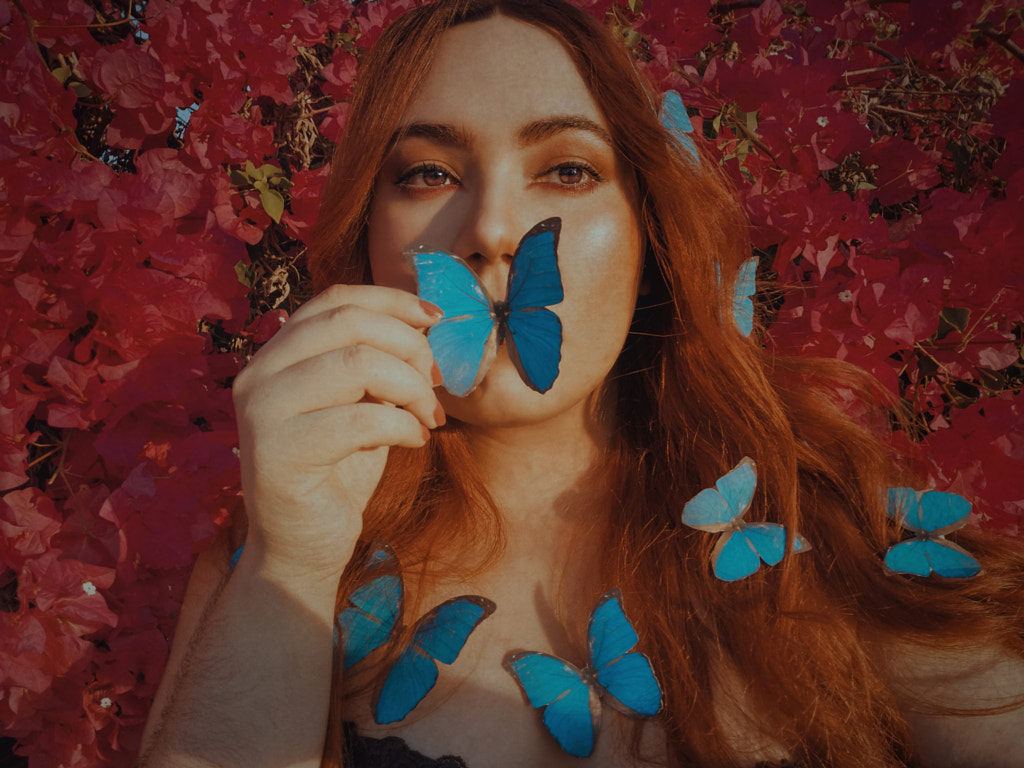At first glance, the Metascapes look like real—albeit epic—landscape photographs. But there’s a twist: this famous NFT collection is a collaboration between the influential photographers Cath Simard, Ryan Newburn, and Iurie Belegurschi—and an Artificial Intelligence, or AI. Here’s how they did it: the three photographers uploaded thousands of pictures onto a Generative Adversarial Network, or GAN. Using the data from those images, the GAN learned to create hyper-realistic landscapes in the style of the original artists.
The best pictures were then hand-selected to be part of the NFT collection. Comprising 2,555 images in total, Metascapes blurs the line between the natural world and the virtual one. It’s also unlike any photography project to hit the art market in a long time. The rise of non-fungible tokens, blockchain technology, and the idea of the “metaverse”—a virtual world that people can explore from anywhere—has inspired artists to rethink their approach to media and materials, leading to a creative renaissance for the digital age.
Originality is baked into the history of NFTs, which began as a movement outside of the mainstream art world. When Larva Laps created CryptoPunks, the 10,000 uniquely generated characters often credited with helping to put NFTs on the map, they found inspiration in the London punk scene of the 1970s. As Michael Bouhanna, the Co-Head of Digital Art Sales at Sotheby’s, put it, they were born “as a collection of misfits and non-conformists.”
The cryptocurrency/crypto art community started as misfits and non-conformists too, and while NFTs have been largely accepted by the mainstream, the community still responds to work that feels like one of a kind or somehow breaks the rules.
Since CryptoPunks rose to fame, other artists have followed suit with derivative projects. Most of these projects are well done. Some have been successful. But many of them get passed over by collectors because they don’t offer anything different. “When the name of the game is unique ownership, collectors don’t want to own something everyone else has easy access to,” the 500px team explains. “Originality increases value.”
One project that did offer something totally unexpected is Daniel Arsham’s first NFT. For this undertaking, the famous contemporary artist used smart contracts to create a digital sculpture that would erode (and reform) over time, following the changing of the seasons throughout the course of twelve months. In May, when it premiered, the flowers were in bloom; in winter, the snow fell. Going forward, we can imagine a similar idea extending into the photography space, with works on the blockchain that evolve over time, their colors changing from season to season.
Another way for photographers to push the boundaries would be through further experimentation with mixed media, drawing inspiration from other forms of art. The influential photographer J.N. Silva, for instance, recently found inspiration in the kinetic art of Caracas, Venezuela, from the 1990s. During lockdowns, he further explored fractals, a kind of algorithmic art, learning new tools and techniques.
Months of creative experimentation culminated in the creation of Kinesthesia, a work that combines photography, fractal art, and the enduring influence of kinetic art. In March, the piece sold at Sotheby’s for £113,400, more than three times its high estimate. It sold as a physical item, with an NFT gifted to the buyer by Silva.
Of course, creating something truly original is easier said than done. Here are some quick tips for finding your groove and exploring your creative potential.
Tip #1: Sit back and observe
Amid the NFT “gold rush,” it can feel tempting to rush and mint your work immediately. While this has worked for some, the truth is that photographs that have been successful across other channels (social media, print sales, the fine art world, and so on) don’t necessarily translate to the NFT space. It can help to take your time.
As the organizational psychologist Adam Grant explained in his now-famous Ted Talk, “To be an original, you don’t have to be first. You just have to be different and better.” For that reason, it’s important to watch and study what some of the most innovative artists have done. Browse digital marketplaces like VAULT by 500px. Look at what’s sold and ask yourself why.
Has your idea already been explored by someone else, and if so, how could you make it your own? Do you see any gaps? The surreal photographer Erik Johansson, for example, sells his still images as fine art prints but incorporates motion into his NFT projects.
Follow photographers making unique art on Twitter, and join some conversations on Discord. Make connections, and seek honest feedback from your peers. Feel free to reach out to photographers you love as well for conversation and creative advice; people in this community are often willing to uplift and help each other as they enter Web3.
Tip #2: Start experimenting
Learning new tools, whether it’s a camera or software, can feel daunting, but it can also push you out of your comfort zone. Maybe you try alternative processes like platinum printing or sun prints, or perhaps you explore creative lighting techniques. These experiments don’t have to yield results at first—they often don’t! It takes time to sit on and generate ideas. Keep creating, and see what happens.
You can even play around with creating composites and dreaming up a world of your own; Cath Simard, one of the creators of Metascapes, recently became the first landscape composite photographer to have her work auctioned at Sotheby’s. The physical item sold for £47,880, with the NFT gifted to the buyer, signaling collector demand for outstanding composites.
Tip #3: Control your output
If we return to Adam Grant, the organizational psychologist, he discovered that original thinkers fail–a lot: “The greatest originals fail the most because they’re the ones who try the most.” The experimentation phase is all about failing and trying again. You’ll have bad ideas, and you’ll have good ones. The secret is filtering out the great ones and letting go of the rest.
Once you’ve generated a massive pile of ideas and images, begin the process of editing and curating. Resist the urge to mint all your photographs and collections, and restrict yourself to the best of the best. Once those sell, you can expand. While culling your work and deciding what to mint, it can be helpful to return to the NFT community, revisit the market, and ask others for their input. Often, your peers will be able to recognize what blends in—and what stands out.
Join the VAULT waitlist to get early access and be the first to find out how you can create, buy, sell, and earn.
The post The case for creating unconventional work in the NFT space appeared first on 500px.





